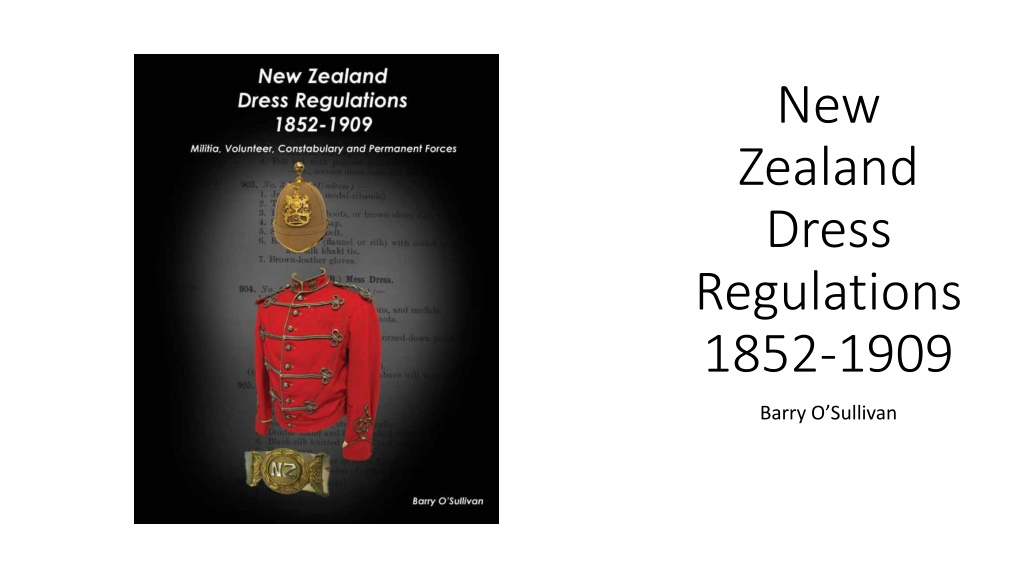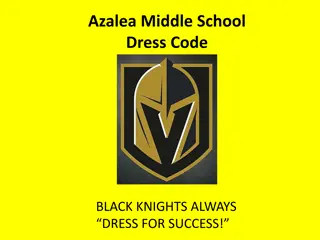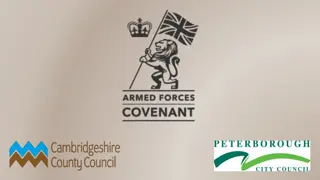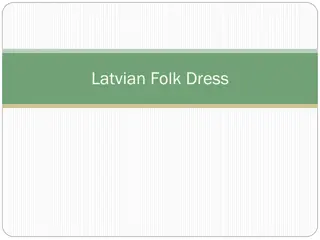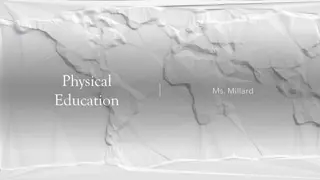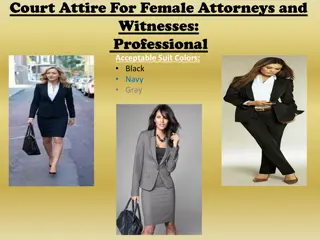New Zealand Dress Regulations 1852-1909: Insights into Military Attire Evolution
Researcher Barry O'Sullivan delves into New Zealand military history through the lens of uniforms and personal equipment. His book compiles dress regulations, unit specifics, and Imperial guidelines from the mid-19th to early 20th century, fostering discussion and research in the field.
Download Presentation

Please find below an Image/Link to download the presentation.
The content on the website is provided AS IS for your information and personal use only. It may not be sold, licensed, or shared on other websites without obtaining consent from the author. Download presentation by click this link. If you encounter any issues during the download, it is possible that the publisher has removed the file from their server.
E N D
Presentation Transcript
New Zealand Dress Regulations 1852-1909 Barry O Sullivan
About ME Researcher, studing New Zealand military history through the medium of uniforms and personal equipment. Author, Co Author of New Zealand Army Uniforms and Clothing 1910-1945 (with Matthew O Sullivan) New Zealand Army Personnel Equipment 1910-1945 (with Matthew O Sullivan) The New Zealand Expeditionary Force in World War Two (with Wayne Stack) Numerous research articles on specific New Zealand militaria subjects. Collector, Uniforms, Clothing, Equipment, Ephemera, Boots, Badges, etc.
WHY the Dress Regulations? Officially published material was referenced. Unit regulations are far too wide ranging and mostly undocumented. Defined and limited scope. Others have tried. The book is not the last word on the subject but the first. The information should be treated as organic and be allowed to grow and shared. The book is designed to open up discussion , debate and research and to provide a common language and point of reference between interested parties.
The book Brings together all the known DR in one place, one font style and in one format. The book is divided into Part 1 which lists the known specific regulations Part 2 which lists the Imperial Dress regulations, reports, photos of uniform features, 4 quick reference guides and the 600 uniform colour guide. Part 3 photos of badges, uniforms and accoutrements. 2 weeks to read, two years to comprehend.
Militia, Volunteer, Constabulary and Permanent Forces Militia local militia existed from 1840. Laws to govern Militias came about in1845. Volunteer 1858 to 1909 when all volunteers were transferred to the Territorial Force. Constabulary Locally from 1840. Laws to govern a Constabulary came about in 1865 with the Armed Constabulary formed in 1867 and disbanded in 1886. Permanent Force 1858
The Otago Daily Times Wednesday 9th March 1864 The Naval Brigade has received from Melbourne a sample suit of uniform, which they have adopted. It consists of dark blue Garibaldi, fitting rather closely to the person, with black facings and gilt uniform button. The trousers are dark blue, with a light blue stripe down the sides. The sword-belt and cartouche box black patent leather. The cap cloth is of the same material as the suit dark blue and ornamented with a crown and anchor in gold. The uniform is exceedingly neat and suitable for the service. The Southern Cross 7th April 1900 The sample uniform adopted by the Awarua Rifles worn by Col-Sergt. Mair at last Friday s parade was the subject of very favourable comment by members and onlookers alike. It differs from that of the Oretis in being darker colour, while pleats on the tunic pockets, and maroon cuffs are added, and certainly improve the appearance of the dress as a whole. The New Zealand Clothing Factory Co. are the makers, and if the fitting of the company is a good as that submitted, members should be satisfied with the result. The corps expects to equip all those attending the Easter camp with the new uniform. Newspaper clippings Some note what the unit did. Some note what the unit is going to do, Did they follow through?
Early New Zealand Divided up into small centres. Very few roads outside the town centres. The towns were still developing their commerce. Most travel was undertaken by ship. Sometimes it was easier to travel and trade with Melbourne, Sydney and Hobart.
The Language of the book The Dress Regulations were written in a grammar and comprehension style that is foreign to most of us today. The Dress Regulations were meant for the people of the time. The Dress Regulations are not a date of introduction of an item but a collection of the latest patterns and ideas from the previous period.
Corruption of the Grammar and meaning The Dress Regulations have already been written so there is no point re writing them. The words and language has already been set so there is no point re defining them. In today society words have crept in and corrupted the language of the Dress Regulations. This leads to confusion and misunderstanding and by some, glamorisation of an item.
Commonly used words that have no place in the Dress Regulations of the time Epaulette The correct term is Shoulder strap (only referred to in the naval regulations). Jacket/Tunic Today most jackets are incorrectly referred to as tunics and visa versa. Pantaloons/Jodhpurs Only pantaloons are referred to in the DR. Cartouche Pouch There is NO official mention of this in the DR.
